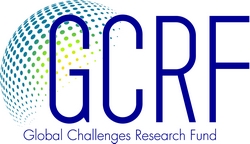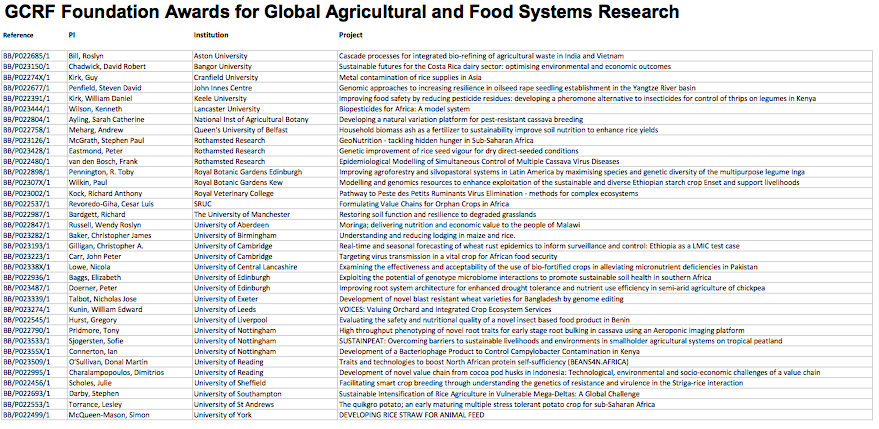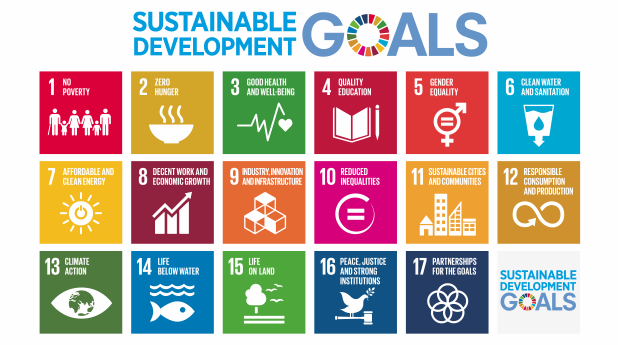GCRF: the story so far…
Unless you’ve been living under a rock then you’ll have heard of the Global Challenges Research Fund (GCRF). This is a RCUK-led program that is tasked with distributing £1.5 billion in Overseas Development Funding on behalf of the UK Government. This was released following the 2015 spending review and has to be spent over a five year period. When the scheme was announced there was plenty of interest as to how the finances would be allocated between individual research councils and also as to the type of grant that would be available. Over the past year there has been a steady stream of RCUK funding calls across topic areas. The one constant is that the proposed research must demonstrably benefit life in countries on the Overseas Development Aid (ODA) list (PDF).
In the early stages of the GCRF it was unclear what level of connection was needed between UK researchers and colleagues based in ODA countries. As the results of the first funding calls have been announced it appears that already established collaborations that have a track record have been favoured. For the Arabidopsis community it is clear that proof-of-concept research that might have a future benefit in an ODA country is unlikely to be directly funded. Therefore UK researchers undertaking basic research will have to rethink their focus in order to qualify for this type of funding.
To date there have been a number of funding calls in which plant scientists might feel they have opportunities for success. Last years initial BBSRC call entitled ‘GCRF Foundation Awards for Global Agriculture and Food Systems Research’ was designed for responsive mode type grants (£600K max) and was hugely oversubscribed. Finally about 20% of ‘Expression of interest’ applications were invited to provide full submissions (around 100 applications). Eventually 35 projects were funded that comprise an exciting mix of research areas that included work on a variety of species (rice, wheat, cassava, potato, chickpea, native orphan crops) and technologies (genomics, phenotyping, smart breeding of new varieties, improving pipelines to yield additional products). The full list is below or can be downloaded from the BBSRC website (PDF).

Other funding opportunities that have likely had multiple applications from plant scientists include a joint-call with USDA/NIH as part of the Ecology and Evolution of Infectious Diseases programme as well as a joint BBSRC-MRC call entitled Networks in Vector Borne Disease (VBD) Research. In addition applications to the annual Bioinformatics and Biological Resources Fund (BBR) can be directed into a separate sub-call if they have a GCRF-component. The results of each of these calls have not yet been announced but there is currently an active BBR call with a deadline at the end of September 2017.
Currently RCUK are inviting applications for larger scale projects in order to establish Interdisciplinary Research Hubs that will tackle an ‘intractable development challenge‘ in ODA countries. With maximum grants of £20million available this call represents a significant investment of up to £300M. In these proposals the Research Hub will be situated in the UK but with possible partners in both developed countries (for which an equal investment is expected) and in countries on the ODA-list (for which 100% of direct costs can be met). The deadline for the Intention to Submit is the 29th September with the full proposal due in early November.
The GCRF has received some excellent publicity over the past couple of weeks with the announcement of the 37 successful proposals that received funding through the GCRF Collective Fund, which provide up to £8million of funding for each grant. outlining each of these projects, which included the TIGR2ESS program that is a UK-India collaboration aiming to help facilitate a ‘Second Green Revolution’ by using smart technology to support female smallholder farmers to maintain crop yields in the face of increased urbanisation. This is led by Professor Howard Griffiths at the University of Cambridge. Elsewhere Professor Federica de Palma at the Earlham Institute is leading a project that aims to use NGS to scrutinise the untapped potential of the biodiversity in Colombia as well as aiming to characterise the genetics of native agricultural germplasm in order to make farming more efficient.
Given the large amount of money available from the GCRF there will be many other funding calls over the next few years, keep your eye out for something relevant for your research…..and collaborate!


Leave a Reply